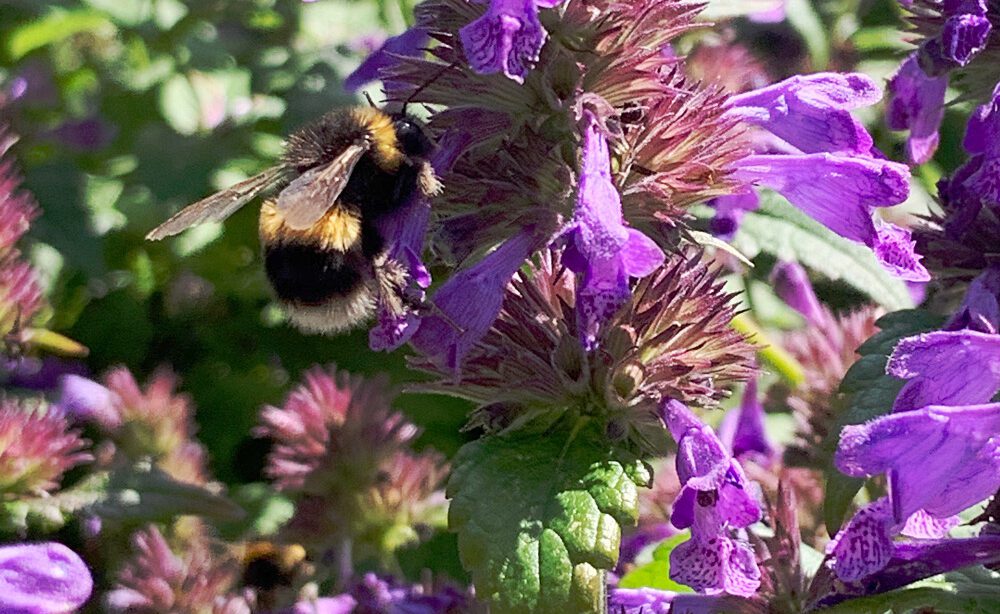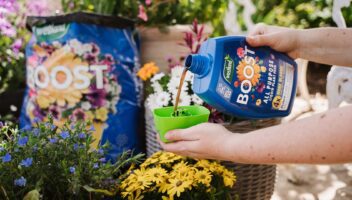A reliable, easy to grow and low maintenance choice for a wide variety of gardens, Nepeta (Catmint) is wonderfully versatile. Not only does it produce beautiful lavender-blue flowers for an extended period of time throughout late spring and summer but these tough plants can provide a colourful display in mixed or herbaceous borders or a patio container. It is also a fantastic plant for attracting bees into your garden.
Nepeta Varieties
Nepeta faassenii ‘Purrsian Blue’
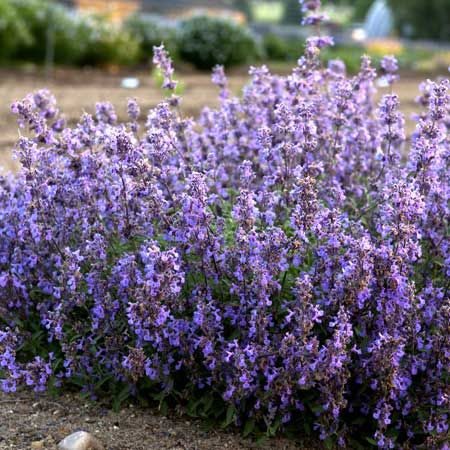
| Flowering time | Summer – autumn |
| Sun requirements | Full sun |
| Soil | Well-drained soil |
| Hardiness | Very hardy |
| Size | Grows to approx. 50cm x 100cm spread |
Nepeta faassenii ‘Whispurr Pink’
| Flowering time | Late spring – summer |
| Sun requirements | Full sun |
| Soil | Well-drained soil |
| Hardiness | Very hardy |
| Size | Grows to approx. 50cm x 70cm spread |
Nepeta Neptune
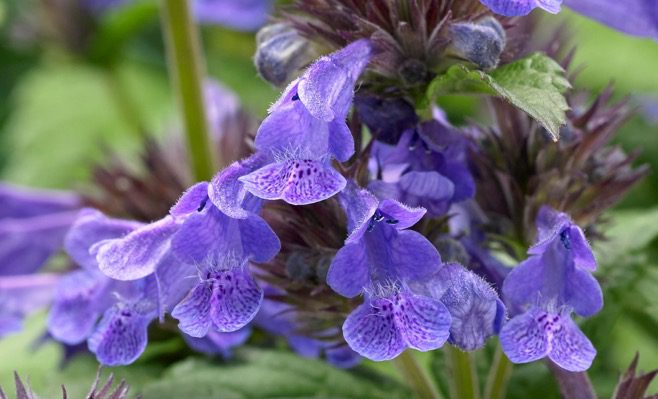
| Flowering time | Summer – autumn |
| Sun requirements | Full sun |
| Soil | Well-drained soil |
| Hardiness | Very hardy |
| Size | Grows to approx. 10cm x 50cm spread |
Nepeta racemose ‘Walkers Low’
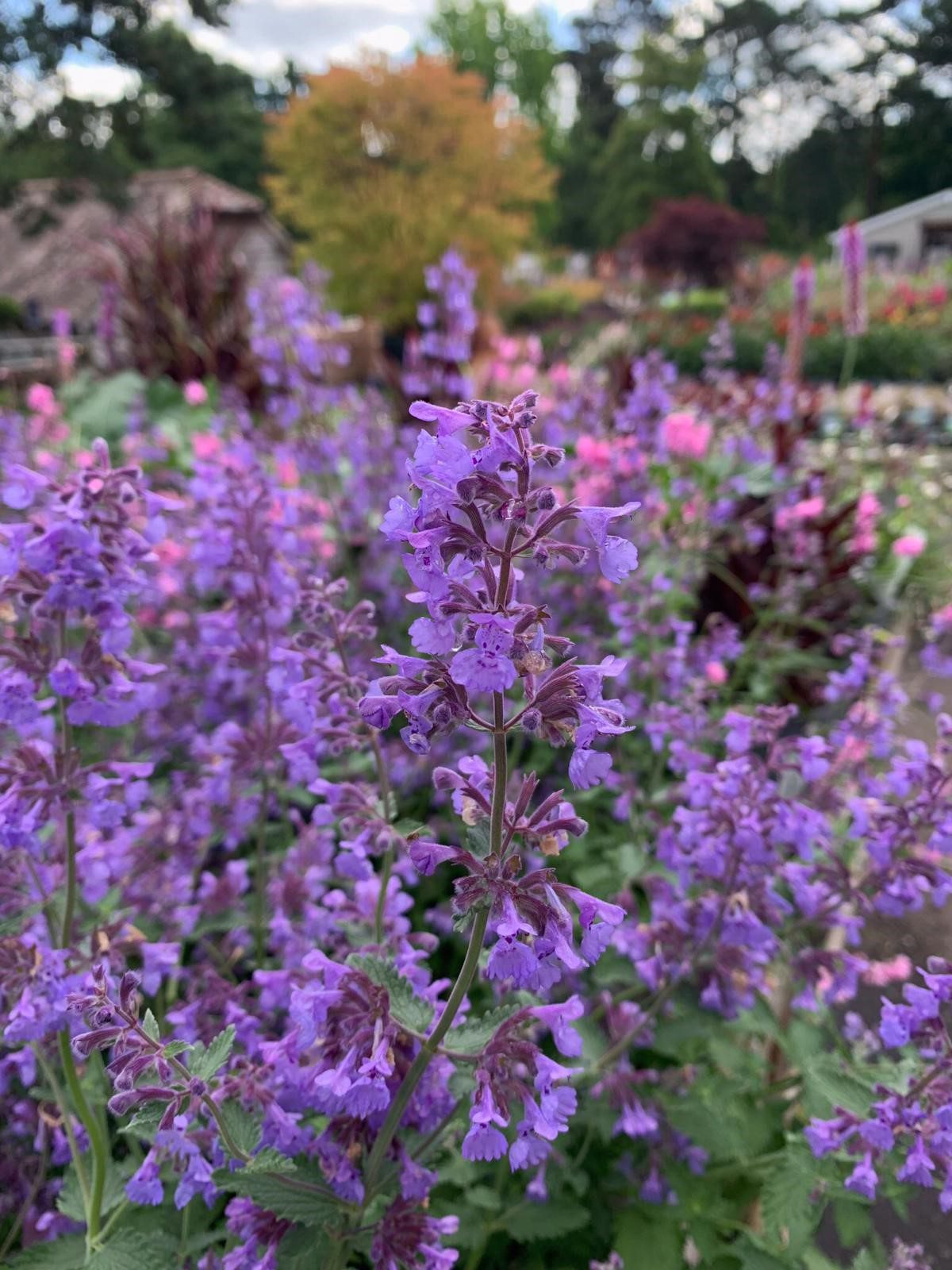
| Flowering time | Spring – summer |
| Sun requirements | Full sun or partial shade |
| Soil | Well-drained soil |
| Hardiness | Very hardy |
| Size | Grows to approx. 10cm x 50cm spread |
Growing Guide
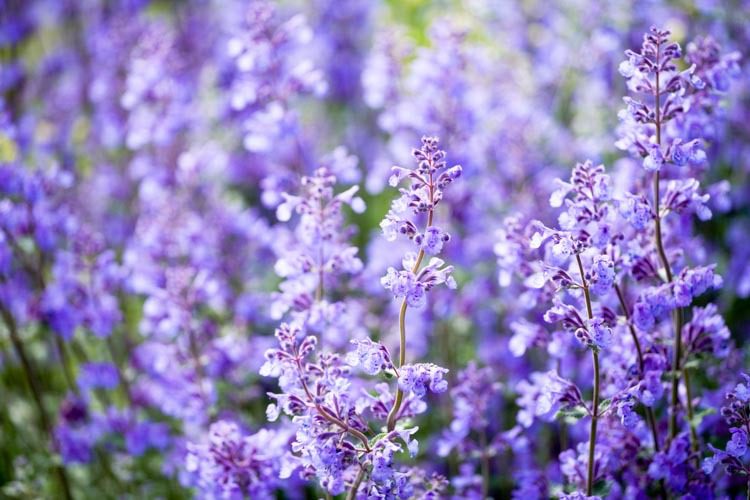
Planting
They are best planted outside, in spring. Plant in soil that will easily drain and in a spot that will be covered in full sun.
Pruning
Cut at the base of the stems after the plant has died back in late autumn.
The plant can also be reduced in late May to enable a stockier form to grow.
Planting Ideas
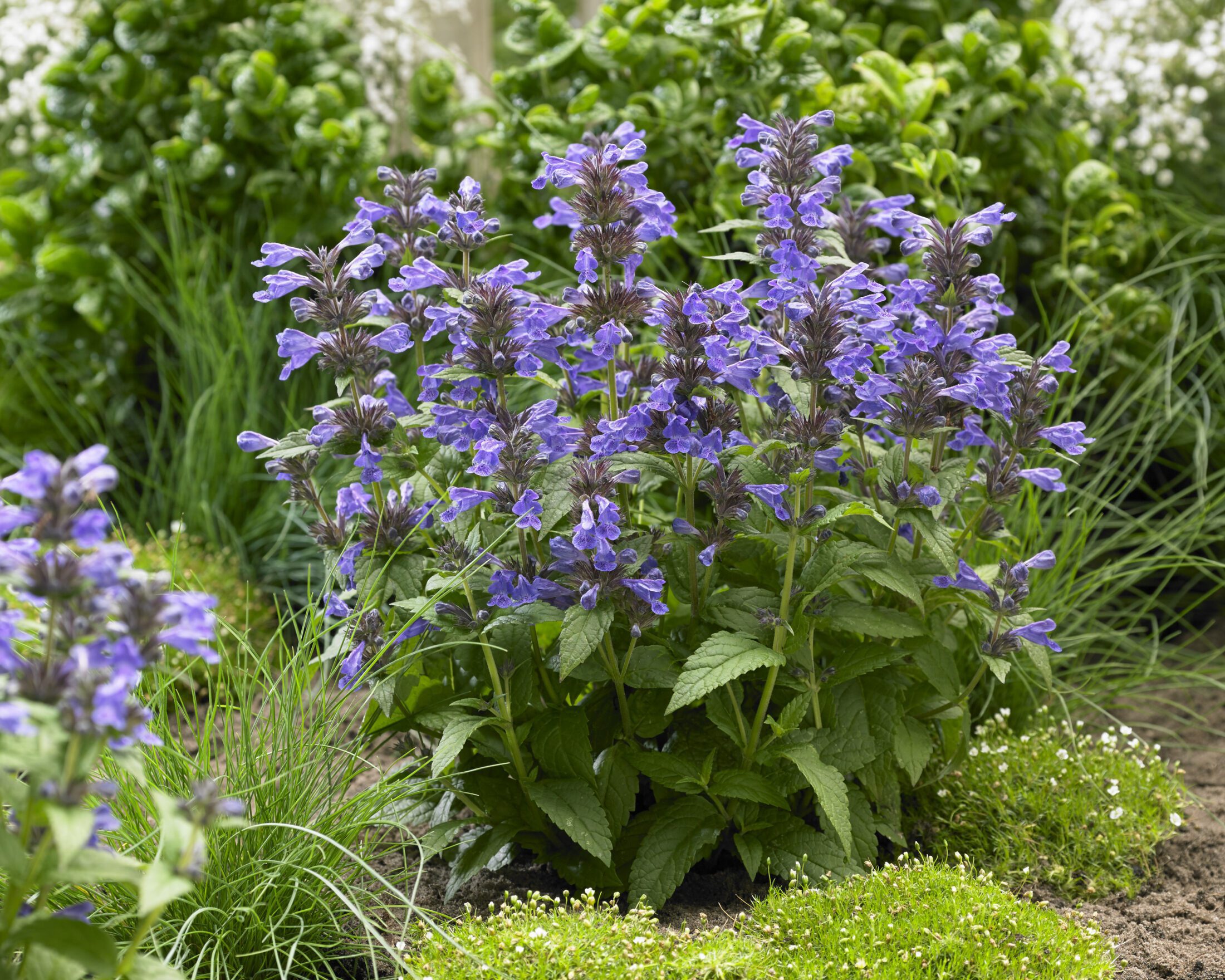
They look fantastic when planted alongside tall grasses and high reaching Alliums. The contrast this combination creates helps to produce a whimsical feel to any area and add all-round interest.
Nepeta Fact
The name is derived from an ancient Etruscan city called Nepete, but is more commonly referenced as ‘Catmint’ due to the euphoric effect it can have on house cats.


